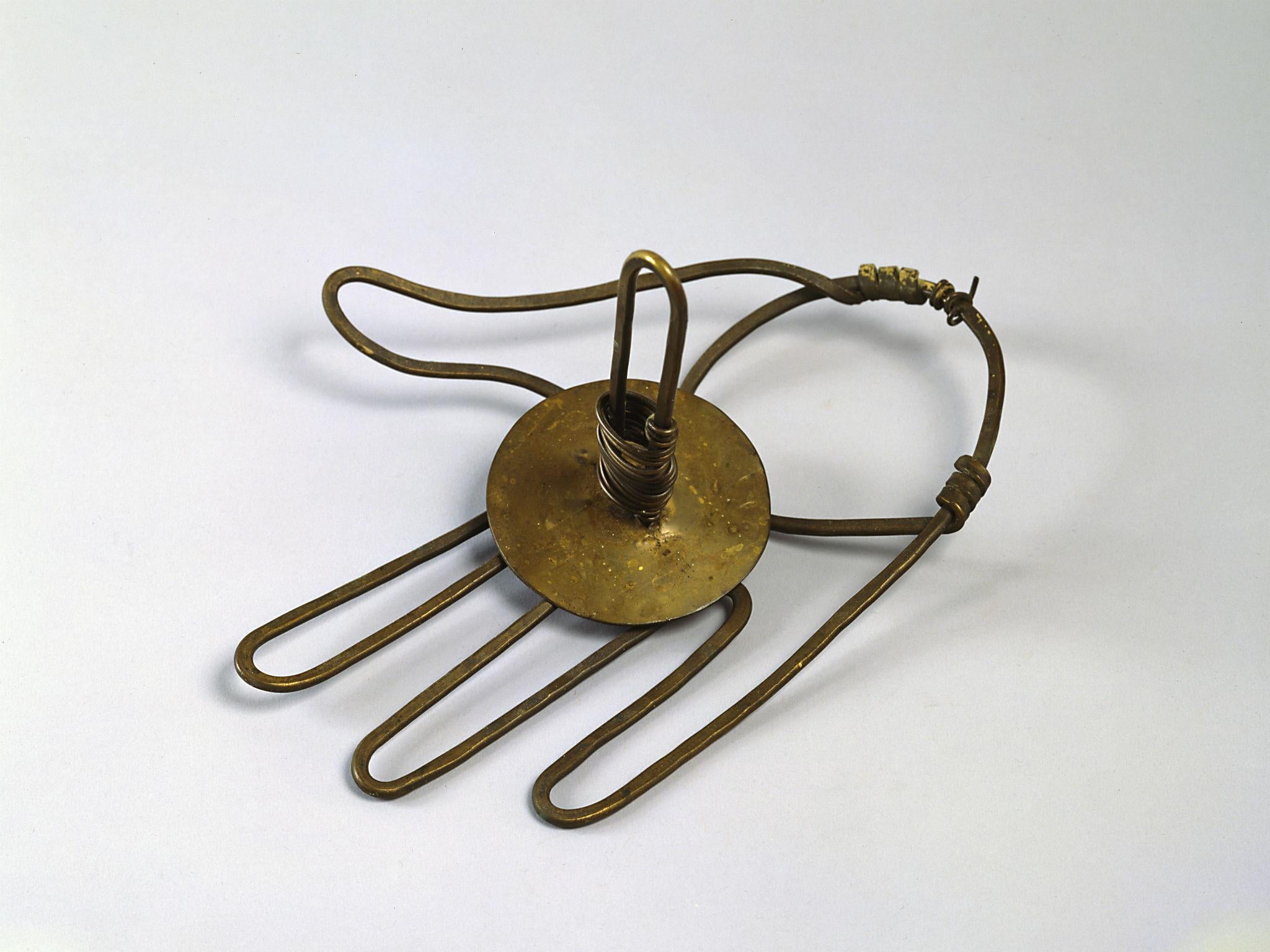Alexander Calder: From the River to the Sky, Hauser & Wirth Somerset, Bruton, review: See this ceaselessly inventive fabricator with fresh eyes
A working farm cum high-end art gallery provides new perspectives on the sculptor's idiosyncratic making habits

Your support helps us to tell the story
From reproductive rights to climate change to Big Tech, The Independent is on the ground when the story is developing. Whether it's investigating the financials of Elon Musk's pro-Trump PAC or producing our latest documentary, 'The A Word', which shines a light on the American women fighting for reproductive rights, we know how important it is to parse out the facts from the messaging.
At such a critical moment in US history, we need reporters on the ground. Your donation allows us to keep sending journalists to speak to both sides of the story.
The Independent is trusted by Americans across the entire political spectrum. And unlike many other quality news outlets, we choose not to lock Americans out of our reporting and analysis with paywalls. We believe quality journalism should be available to everyone, paid for by those who can afford it.
Your support makes all the difference.Is it possible to see the work of Alexander Calder, that famous inventor of the mobile and the stabile, the man who set sculpture in gentle motion high in the air, with fresh eyes? Yes. But how exactly? By being encouraged to see it within the context of a working farm-cum-high end art gallery such as this one.
Calder himself bought a dilapidated farmhouse in Connecticut in 1933, and over the ensuing years he fixed it up and transformed it into his own working environment complete with three studios. Some of his best work was made there. Calder’s grandson now owns the place, and plans are afoot to transform it into a museum and visitor centre.
In the meantime, many of the objects that once lived in that house when the Calders were still alive – he died in 1976 – have been put on a plane to England.
This delightful new show at Hauser & Wirth Somerset, created in collaboration with the Calder Foundation in New York, carries the spirit of that house and that farm, and many of the objects too – from sculptures to ashtrays, chairs, and even the toilet-roll holder – from the depths of rural America to the likewise of rural England.
Start the tour in the Threshing Barn, the first of five galleries, with its ancient, flung-across beams and its rough-patched stone walls which rise to the height of three grown men. It’s a mixture of ancientness and fashionable sophistication – just take a look at these giant glazed wooden doors, and how they let the outdoors in.
The familiar and the unfamiliar begin here. Guava, a mobile of swimming, petal-like discs, seems to surge against the currents of the air. We have seen this one – or many, many like it – umpteen times before. It’s pure, squeezed out essence of Calder.
Move directly into the Workshop Gallery. This is a much more intimate space altogether. Here are various objects of domestic utility that only Calder could have made, bent into shape by his own idiosyncratic making habits, so fancifully improvisatory: that toilet paper holder, created from wire and sheet metal, is in the shape of an open human hand. Time after time, magpie Calder uses and reuses. There is nothing too contemptibly insignificant for his beady gaze.
The dinner bell, for example, is fashioned from an upturned blue wine glass. Glass fragments depend from its thin metal arms. Shake it, and it jingle-jangles you to the dinner table, smartish. The silver baby rattle ingeniously reconstitutes a piece of Tiffany silverware – and cocks a snook in the direction of 5th Avenue. Why does this pair of scissors live inside a mysterious spiralling scabbard? Was he cross with it for random repeated woundings?
In another giant vitrine you can stare at some of the many ashtrays he made – he was quite a puffer in his day – or contemplate the exquisite pain of being obliged to sit for hours at a time on one of his rudely fashioned wooden fireside chairs. The biggest ashtray of them all, an oval bowl of crimped metal edges made from a one-gallon Italian olive oil can, was for catching and containing all those fag butts that were mis-thrown during the wild Samba parties up at the farm.
The rest of the show follows Calder through his evolution as a ceaselessly inventive fabricator of all those near weightless seeming, sky-aspiring, air-swimming sculptural objects, and beyond – right up to the doughty monumentality of the great public commissions of the final years which, alas, begin to feel a tad impersonal... All that finger-fiddly-faddlyness has by now, alas, been lost to view.
To 9 September (hauserwirthsomerset.com)
Join our commenting forum
Join thought-provoking conversations, follow other Independent readers and see their replies
Comments